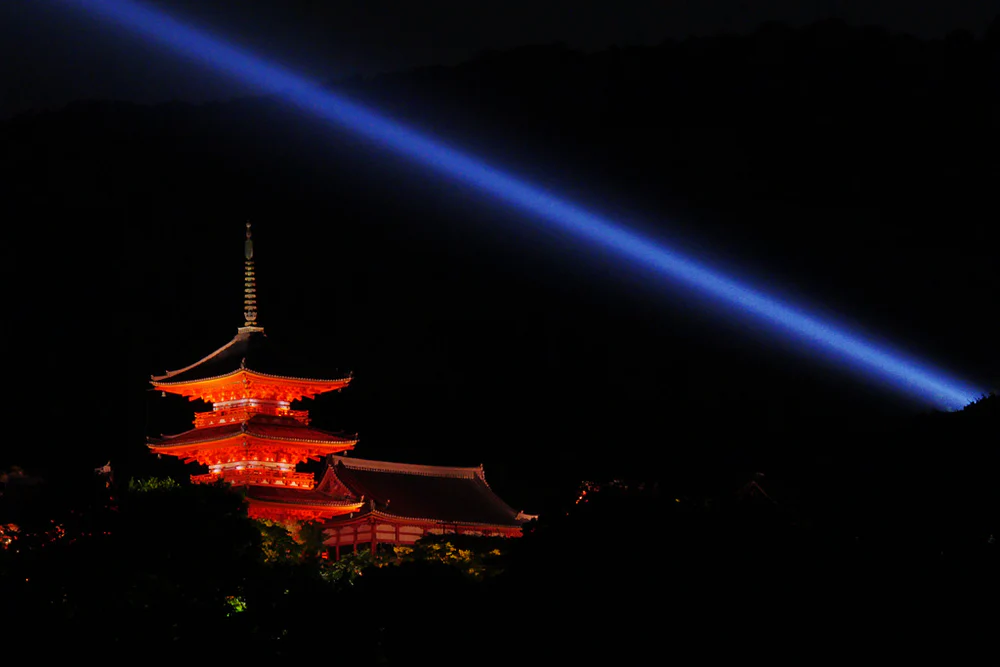
Introduction of Furoshiki
Distinctive for its eco-friendliness and versatility, Furoshiki utilizes various techniques of folding and knotting, allowing a single piece of cloth to be transformed into numerous forms—from simple wrappers to sophisticated carry bags. Materials commonly used include silk, cotton, and rayon, each chosen for durability and aesthetic appeal. The characteristic square shape of the cloth, along with the diversity of its designs, from traditional motifs to contemporary patterns, represents a fusion of utility and artistry that has permeated various aspects of Japanese life for generations.
The allure of Kiyomizu ware lies in its distinctive techniques, choice materials, and the unparalleled craftsmanship that goes into each piece. Utilizing locally-sourced clay known for its superior quality, artisans employ traditional firing methods that contribute to the pottery's notable durability and unique beauty. Kiyomizu ware is distinguished by its vivid glazes and elaborate, hand-painted motifs that draw inspiration from the natural beauty of Kyoto's landscapes. These elements showcase the artisan’s dedication to detail and their profound connection with nature, making each piece a reflection of both the artist's vision and the rich cultural heritage of Kyoto.
Geographical Feature
- City and Prefecture : Kyoto, Kyoto Prefecture
- Population : Approximately 1.46 million
- Special Products : Kyoto is renowned for its matcha (green tea), yuzen dyed textiles, and kimonos.
- Introduction : Kyoto, once the capital of Japan, remains a city steeped in tradition and history. Famous for its classical Buddhist temples, as well as gardens, imperial palaces, Shinto shrines, and traditional wooden houses, it is also celebrated for its in-depth preservation of ancient crafts like Furoshiki.

History of Furoshiki
Origins in Antiquity
Furoshiki's roots can be traced back to the Nara period, primarily used in temples to keep valuable items wrapped and protected. The utility and simplicity of the cloth saw it adopted by various strata of Japanese society over time.

Cultural Expansion
During the Edo period, the use of Furoshiki boomed with the rise of public bathhouses. Its role in society expanded from a practical item to a status symbol, where the fabric and its designs could reflect one's social standing and taste.

Evolving Through Time
In the modern era, while the use of Furoshiki faced a decline with the advent of bags and other modern packaging methods, recent trends towards sustainability have sparked renewed interest in this eco-friendly and aesthetically versatile tradition.

Features of Furoshiki
1. Aesthetic Versatility
Furoshiki showcases remarkable aesthetic flexibility, seamlessly transforming from a modest grocery tote to a sophisticated gift wrap. This adaptability is enriched by the diverse selection of materials and designs available, which cater to a spectrum of uses and personal tastes. Whether employing classic motifs or embracing contemporary styles, Furoshiki bridges tradition and modernity, making it a versatile choice for both practicality and aesthetic appeal.

2. Sustainable Sophistication
Furoshiki offers a sustainable alternative to disposable packaging and single-use bags. Using techniques that require no additional fasteners or adhesives, this craft not only reduces waste but also educates users on the values of reusability and resourcefulness. The sustainability of Furoshiki makes it a compelling choice for environmentally conscious individuals worldwide.

Modern Applications
Today, Furoshiki resonates with global trends towards sustainability and minimalism. Its adoption in various parts of the world for everything from daily shopping to gift wrapping illustrates a growing appreciation for practices that combine form, function, and environmental stewardship in everyday life.

